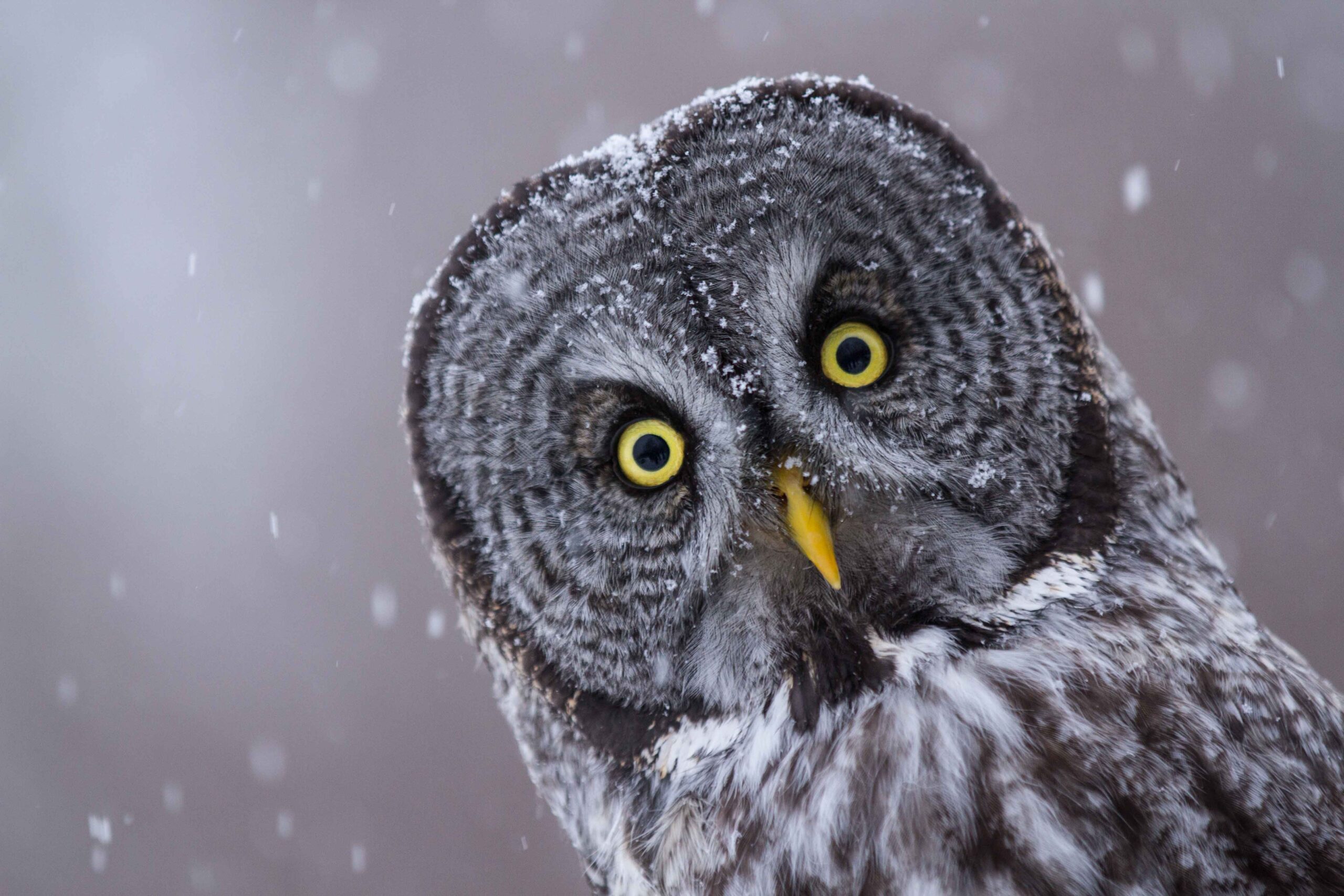The avian world teems with creatures of breathtaking diversity, each sculpted by millennia of evolution into a niche, a role, within the grand tapestry of life. Among these, birds of prey, or raptors, command attention. Their piercing gazes, lethal talons, and mastery of the skies evoke respect and a touch of primeval fear. But within this already specialized group, lies a subset shrouded in a unique mystique: owls.
The question then arises: is an owl merely another bird of prey, or does it occupy a space that transcends this simple classification? The answer, predictably, is layered, a fascinating exploration into taxonomy, morphology, and ecological roles. To unravel this ornithological puzzle, we must first understand the broader category of raptors.
Birds of prey, the raptors, are defined by a constellation of shared characteristics. They are apex predators, positioned at the summits of their respective food chains. Think of them as the airborne equivalent of a lion or a wolf, but painted against the canvas of the sky. Their evolutionary adaptations speak volumes about their predatory lifestyle.
The hallmarks of a raptor include exceptional eyesight, enabling them to spot prey from considerable distances. Then there are their formidable talons, specialized claws designed for seizing and subduing victims. A hooked beak, perfect for tearing flesh, completes the arsenal. Hawks, eagles, falcons, and vultures all fall under this umbrella, each displaying these characteristics in varying degrees of refinement.
Now, let’s turn our attention to the owl. At first glance, it would seem to fit neatly into the raptor mold. Owls possess keen eyesight, particularly adapted for nocturnal hunting. Their talons are as lethal as any eagle’s, and their beaks are undeniably raptorial. So, case closed? Not quite. The devil, as always, is in the details.
While owls share the fundamental predatory toolkit with other raptors, they also exhibit several unique adaptations that set them apart. The most striking of these is their facial disc, a concave arrangement of feathers around the eyes that functions as a parabolic reflector, channeling sound waves towards their ears. This auditory acuity allows owls to pinpoint prey hidden beneath snow or dense vegetation, a feat unmatched by most other birds of prey. Indeed, this specialized mechanism defines the owl’s hunting prowess. Short, sharp sentences capture the intensity of the hunt.
Furthermore, owls possess plumage adaptations for silent flight. Serrated edges on their flight feathers disrupt the flow of air, minimizing turbulence and suppressing the telltale whoosh that could alert prey to their approach. This stealth is paramount for nocturnal hunters, allowing them to close in undetected on unsuspecting rodents and other creatures of the night.
Beyond these physical differences, owls also exhibit behavioral nuances that distinguish them from their diurnal counterparts. Many owl species are strictly nocturnal, while most other raptors hunt during the day. This temporal segregation reduces competition for resources and allows owls to exploit a different niche within the ecosystem.
Another intriguing aspect of owl behavior is their tendency to swallow their prey whole. They then regurgitate indigestible materials, such as bones and fur, in the form of pellets. These pellets provide valuable insights into their diet and can be used by scientists to monitor prey populations. Think of them as ecological time capsules.
So, where does this leave us? Are owls birds of prey? The answer is a resounding yes. They unequivocally belong to the order Accipitriformes, which encompasses most diurnal raptors, and share the defining characteristics of this group. However, they have evolved unique adaptations that warrant recognizing them as a distinct and specialized lineage within the raptorial world. They are, in essence, raptors extraordinaire, masters of the night.
Consider the falcon, a diurnal hunter that relies on speed and precision. It dives from great heights, striking its prey with breathtaking force. Now, envision the owl, a silent phantom gliding through the darkness, its movements guided by the faintest rustle in the undergrowth. These are two distinct strategies, two different pathways to the same end: predation.
The owl is not simply a bird of prey; it is a symbol of wisdom, mystery, and the hidden world of the night. Its haunting calls echo through the forests, reminding us of the secrets that lie just beyond the reach of our senses. To truly appreciate the owl, we must see it not just as a predator, but as a creature of unparalleled adaptation, a testament to the power of evolution to sculpt life into forms of extraordinary beauty and functionality. Owls represent a distinct divergence within the broader raptor lineage. They are a testament to the power of natural selection to refine and specialize organisms for specific ecological roles.
In conclusion, while the owl undoubtedly qualifies as a bird of prey, it is far more than just another member of this formidable group. Its unique adaptations, nocturnal habits, and symbolic significance elevate it to a realm of its own, a testament to the boundless creativity of nature. The owl stands as a symbol of the night. They are a testament to the power of evolution to refine and specialize organisms. The owl exemplifies the beauty and complexity of the avian world.
